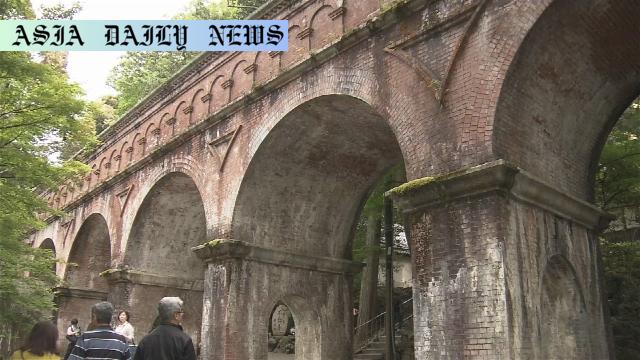Historic canal secures special status as Japan refreshes its national treasures list with cultural landmarks from Lake Biwa to Kyoto.
Historic canal from Lake Biwa to Kyoto designated as a national treasure.
Five facilities, including aqueducts and tunnels, highlighted for their significance.
Structures reflect Japan’s adoption of Western engineering during the Meiji era.
Additional cultural properties, including Osaka’s ‘Tower of the Sun,’ also recognized.

A Landmark from the Meiji Era Gains Recognition
Japan, known for its rich history and cultural traditions, has once again brought its unique heritage into focus by designating a historic canal connecting Lake Biwa to Kyoto as a national treasure. This announcement, made by the Agency for Cultural Affairs, underscores the profound significance of engineering feats achieved during the Meiji era. Spanning the late 19th century, the Meiji period marked Japan’s transformative journey into modernization, a time when it adopted progressive technologies from the West to bolster its infrastructure and economy.
The canal, enriched by five key facilities such as the iconic brick aqueduct located at Nanzenji Temple, three utility tunnels, and a practical railway system aiding in boat transportation on inclines, is a significant feat reflecting the era’s ingenuity. These structures, described as visually stunning and artistically inspiring by experts, also serve as a living representation of newfound architectural fusion blending Japanese aesthetics with Western engineering principles. For a city as historic and culturally renowned as Kyoto, this canal adds yet another layer of intrigue and historical substance to its vibrant landscape.
Understanding the Cultural and Technological Context
The Meiji era was a pivotal epoch in Japan’s history, paving the way for industrialization and the merging of its own traditions with external influences. The canal exemplifies this merging beautifully, with its intricate designs and functional utility. Serving as a crucial transportation route, the canal also played a role in enabling Kyoto to remain relevant amidst Japan’s rapid modernization during the Meiji era.
Alongside its practical benefits, the canal and its associated structures have significantly influenced Japan’s growing understanding of urban planning, leveraging beauty and utility harmoniously. The elegant urban waterways reflect a transition into modern living influenced by global knowledge while remaining deeply rooted in Japanese identity. Its recognition as a national treasure elevates not only the physical site but also the narrative of the adaptive resilience Japan displayed during its developmental years.
The Broader Recognition of Cultural Icons
In tandem with the canal’s designation, the Agency for Cultural Affairs also announced plans to designate a set of 24 accompanying structures along the waterway as important cultural properties. These buildings and landmarks collectively preserve the historical and cultural narratives of Kyoto and its environs. Intrinsically linked to the understanding of how Japan redefined itself in the post-feudal era, these recognitions contribute toward educating both Japanese citizens and the global community on the importance of heritage conservation.
Another prominent recognition includes the



Commentary
undefined